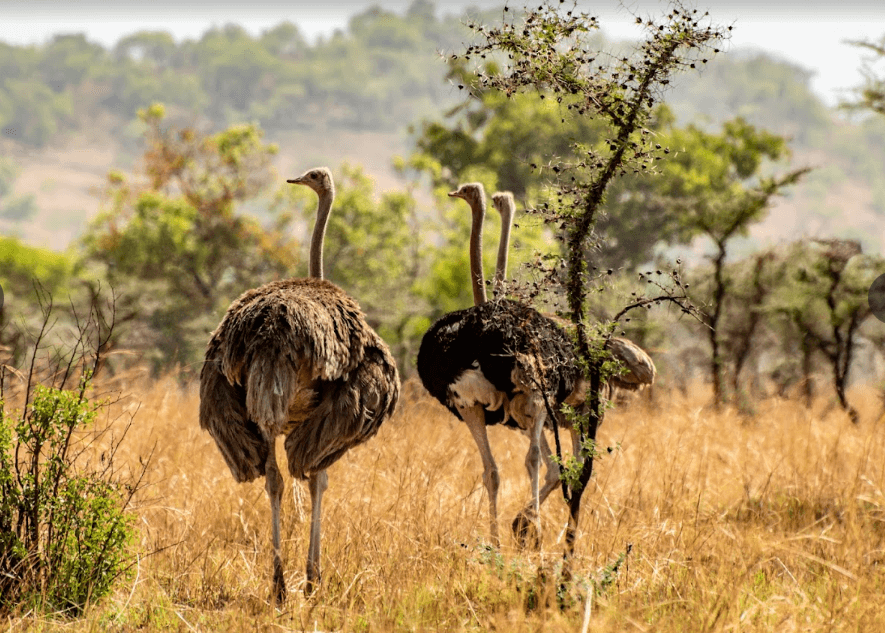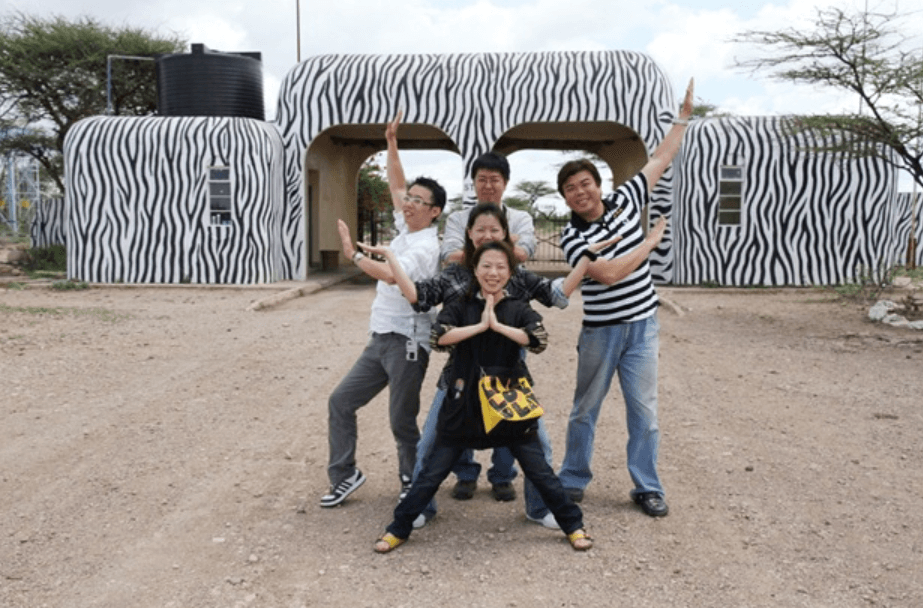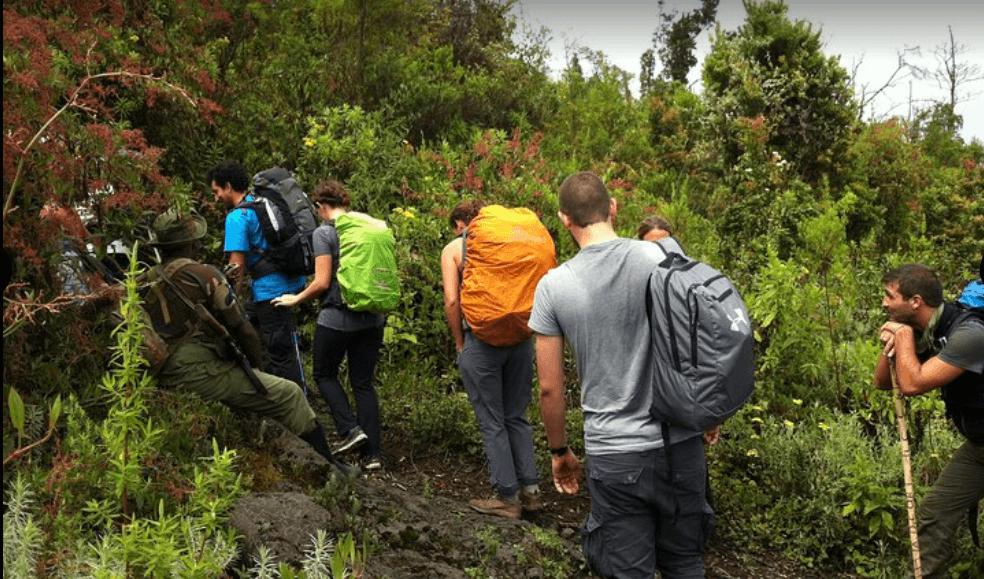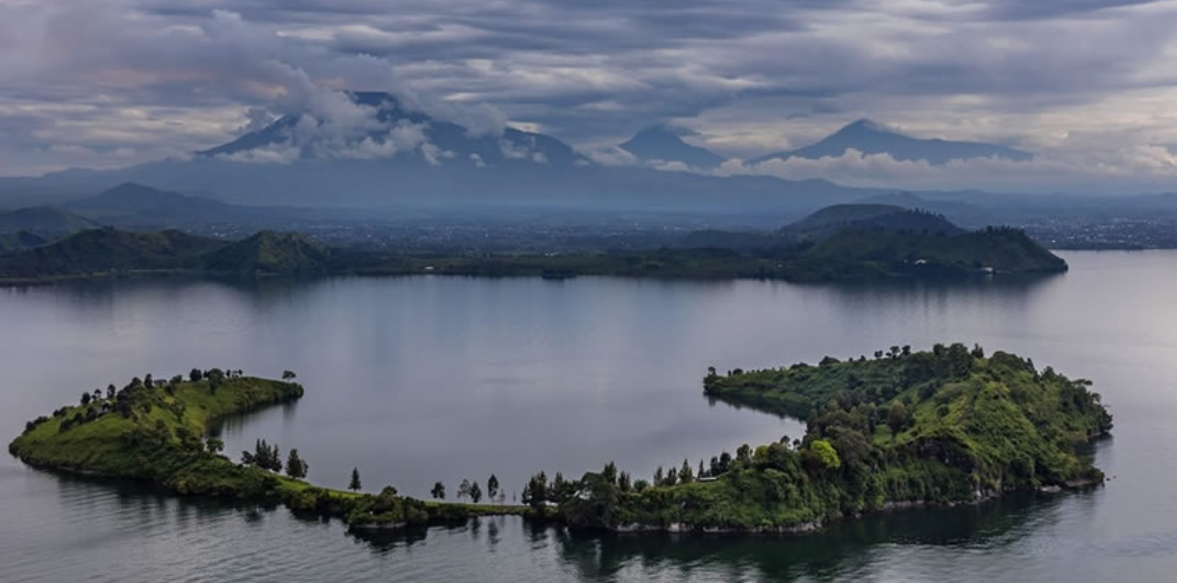Arabuko Sokoke National Park
Rabuko Sokoke National Park: A Complete Guide
Arabuko Sokoke National Park is a hidden gem on the Kenyan coast, located just outside the popular tourist town of Malindi. This unique national park is part of the larger Arabuko Sokoke Forest Reserve, which is one of East Africa’s last remaining coastal forests. Furthermore, Arabuko Sokoke is known for its exceptional biodiversity and is home to rare and endemic species, both plant and animal. Consequently, it is a must-visit for nature lovers, birdwatchers, and ecotourists alike. Covering approximately 420 square kilometres, the park provides a crucial sanctuary for some of Kenya’s most endangered wildlife species and supports a variety of ecosystems, including dense forests, wetlands, and savannas.
This guide explores everything you need to know about Arabuko Sokoke National Park, from its history and how to get there to the top attractions, activities, accommodations, and frequently asked questions.
Background and Importance
Historical and Conservation Significance
Arabuko Sokoke Forest was declared a national park in 1991 to protect the unique flora and fauna of this coastal forest. It is part of the Eastern Arc and Coastal Forests, a biodiversity hotspot that stretches along the East African coast. These forests contain species that cannot be found anywhere else in the world, making conservation efforts critical. Arabuko Sokoke is jointly managed by the Kenya Forest Service, Kenya Wildlife Service, and conservation organizations such as Nature Kenya and BirdLife International.
The park is home to several endangered species, including the globally endangered Clarke’s weaver bird, Sokoke scops owl, Ader’s duiker, and golden-rumped elephant shrew. It also has significant plant diversity, with more than 600 plant species recorded. The Arabuko Sokoke Forest is vital not only for wildlife conservation but also as an important water catchment area that supports local communities and agriculture.
How to Get There
Directions by Road and Air
Located along the Kenyan coast, Arabuko Sokoke National Park is easily accessible from Malindi and Mombasa, making it a convenient day trip or weekend destination for coastal visitors.
By Road
- From Malindi: Arabuko Sokoke National Park is just a 20-minute drive from Malindi, covering approximately 18 kilometres. Visitors can use the Malindi-Gede-Watamu road to reach the park.
- From Mombasa: For those coming from Mombasa, the journey is about 110 kilometres and takes around 2 hours by road. The most popular route is the Mombasa-Malindi highway (A14), which passes through Kilifi. The route is well-marked, making navigation straightforward.
Visitors can travel by private car, rental vehicles, or public transportation. For a convenient option, taxis and tour companies in Malindi and Watamu offer day tours that include transportation to the park.
By Air
The nearest airport to Arabuko Sokoke National Park is Malindi Airport, which receives daily flights from Nairobi and other Kenyan cities. From the airport, it’s a quick drive to the park. Additionally, Moi International Airport in Mombasa is about a 2-hour drive away and offers more flight options.
Tourist Attractions
What to See at Arabuko Sokoke National Park
Arabuko Sokoke National Park offers a unique array of attractions, from rare wildlife to ancient ruins and scenic landscapes.
1. Endangered Wildlife
Arabuko Sokoke is one of the last remaining habitats for several critically endangered species. Visitors can observe rare animals such as the golden-rumped elephant shrew, Sokoke scops owl, Ader’s duiker, and Clarke’s weaver bird. Each of these species is endemic to this region and has adapted to the coastal forest ecosystem, making Arabuko Sokoke a prime location for ecotourism.
2. Diverse Birdlife
The park is one of Kenya’s top birdwatching destinations, with over 230 bird species recorded. Key species include the Sokoke pipit, East Coast akalat, and Clarke’s weaver. Arabuko Sokoke is recognized as an Important Bird Area (IBA) by BirdLife International, making it a priority site for bird conservation and an exciting destination for bird enthusiasts.
3. Arabuko Sokoke Forest Reserve
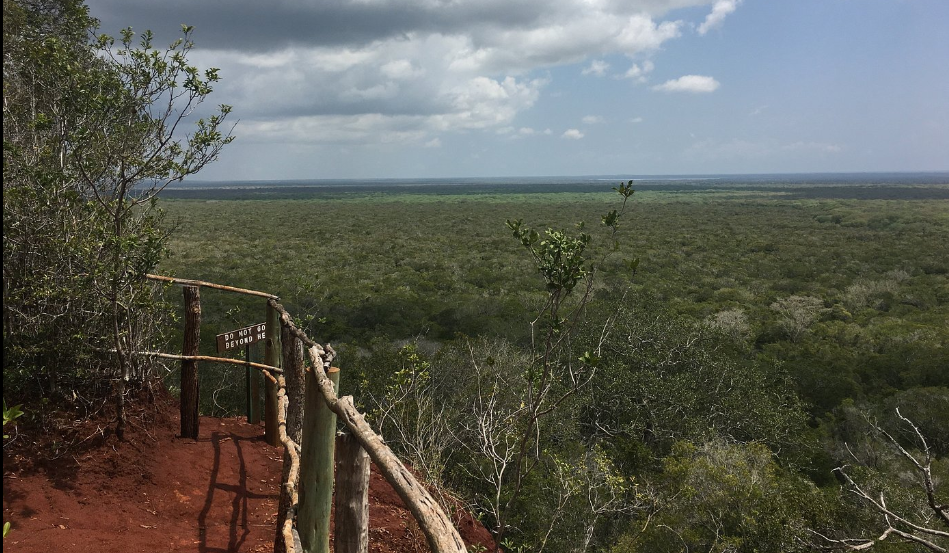
The Arabuko Sokoke Forest Reserve is one of East Africa’s most extensive coastal forests and is the core area of the national park. This dense forest has three main vegetation zones—mixed forest, Brachystegia woodland, and Cynometra forest—each providing a unique habitat for different plant and animal species. Guided nature walks through the forest are a fantastic way to explore the diversity of this unique ecosystem.
4. Gede Ruins
Located near Arabuko Sokoke National Park, the Gede Ruins are an ancient Swahili settlement dating back to the 12th century. This archaeological site offers visitors a glimpse into the history of coastal East Africa and provides context to the cultural heritage of the region. The ruins, with their mosque, palace, and houses, are surrounded by lush forest, adding to the mystique of this historical site.
5. Nature Trails and Scenic Spots
Arabuko Sokoke National Park has several well-marked nature trails that allow visitors to explore its diverse habitats. The Kararacha Trail and the Nyari Viewpoint are popular spots, providing scenic views over the forest and opportunities to spot wildlife. For those interested in photography, these trails offer stunning vistas and excellent chances to capture the essence of this unique forest.
Activities
Things to Do in Arabuko Sokoke National Park
Visitors can enjoy a variety of activities in Arabuko Sokoke, from birdwatching to guided nature walks and wildlife photography. Here are some of the top things to do:
1. Birdwatching
Birdwatching is one of the main draws for visitors to Arabuko Sokoke National Park. The park’s variety of ecosystems creates habitats for numerous bird species, including several endangered and endemic ones. Guided birdwatching tours are available for both beginners and experienced birdwatchers, providing a unique opportunity to spot the rare Clarke’s weaver, Sokoke scops owl, and East Coast akalat.
2. Guided Nature Walks
Exploring Arabuko Sokoke through guided nature walks offers an immersive experience of the park’s ecosystems. Experienced guides lead visitors through trails in the forest, pointing out various plant species, insects, and animal tracks. Nature walks are an excellent way to observe the golden-rumped elephant shrew and other small mammals that are more challenging to spot during regular game drives.
3. Wildlife Photography
The rare wildlife, lush forest, and scenic trails make Arabuko Sokoke a fantastic location for wildlife photography. With its abundance of endangered species and unique vegetation, the park offers photographers a chance to capture remarkable images of creatures and landscapes rarely seen elsewhere in Kenya. The early morning and late afternoon are the best times for capturing wildlife in natural light.
4. Exploring Gede Ruins
A visit to Gede Ruins allows visitors to explore ancient Swahili history and the cultural heritage of the region. This site offers a glimpse into the past, with ruins dating back nearly a thousand years. Gede Ruins is only a short distance from Arabuko Sokoke and can easily be combined with a day tour of the park.
5. Cycling and Hiking Trails
For active visitors, Arabuko Sokoke offers cycling and hiking trails through its forested areas. Cyclists can rent bikes from nearby towns and explore designated paths that wind through the forest, offering an active way to experience the scenery and spot wildlife along the way.
Accommodation
Where to Stay in and Around The Park
Arabuko Sokoke National Park has limited accommodation within its boundaries, but there are plenty of options in nearby towns such as Malindi and Watamu. Here’s a look at some popular accommodations:
1. Eco-Lodges and Camps
- A Rocha Kenya: Located near Arabuko Sokoke Forest, A Rocha Kenya is an eco-lodge offering simple, eco-friendly accommodations. This conservation-focused lodge is ideal for those interested in supporting conservation while enjoying basic comforts.
- Kivulini Luxury Lodge: Situated close to the forest, Kivulini offers a unique stay with spacious rooms, excellent service, and views of the surrounding wilderness. It’s an excellent choice for visitors looking for a mid-range accommodation option.
2. Hotels in Malindi
- Kilili Baharini Resort & Spa: This luxurious resort in Malindi offers top-notch amenities, including a spa, swimming pool, and private beach access. It’s a great choice for travelers who want comfort and convenience.
- Driftwood Beach Club: This charming beach hotel provides budget-friendly accommodations in a beautiful coastal setting. It’s ideal for visitors looking for a relaxed environment close to the park.
3. Budget-Friendly Guesthouses
Malindi and Watamu also have several budget-friendly guesthouses and hostels for budget-conscious travelers. These options provide comfortable accommodations and access to nearby restaurants and tour services.
Frequently Asked Questions (FAQs)
Common Questions About This Park
- What is the best time to visit Arabuko Sokoke National Park?
The best time to visit is during the dry seasons, from June to October and January to March. This period provides optimal weather conditions for birdwatching, nature walks, and wildlife spotting. - Are there entrance fees for Arabuko Sokoke National Park?
Yes, entrance fees vary by residency. Non-residents pay around $25 for adults, while residents and Kenyan citizens pay lower fees. Discounts are available for children and students. - How long should I spend in Arabuko Sokoke National Park?
A half-day to a full day is generally enough to explore the park’s main attractions, but avid birdwatchers or nature enthusiasts may wish to stay longer to fully experience the wildlife and trails. - Is Arabuko Sokoke National Park suitable for families?
Yes, Arabuko Sokoke is family-friendly, with guided walks and educational tours suitable for all ages. Families can enjoy wildlife spotting, easy nature trails, and a visit to Gede Ruins. - Can I do a self-guided tour in Arabuko Sokoke National Park?
While self-guided tours are possible, hiring a local guide is recommended to maximize your experience, as guides are knowledgeable about the park’s wildlife and best viewing spots.
Why Visit Arabuko Sokoke National Park?
Arabuko Sokoke National Park is a top destination for those interested in Kenya’s biodiversity, rare wildlife, and coastal forests. With activities for nature lovers, birdwatchers, and adventurers, the park offers a peaceful yet exciting escape. Its close proximity to Malindi and Watamu makes it easily accessible, allowing travelers to explore one of Kenya’s richest ecological areas. Whether for a day trip or an extended eco-tour, Arabuko Sokoke is a must-visit for its unique wildlife, history, and natural beauty.


